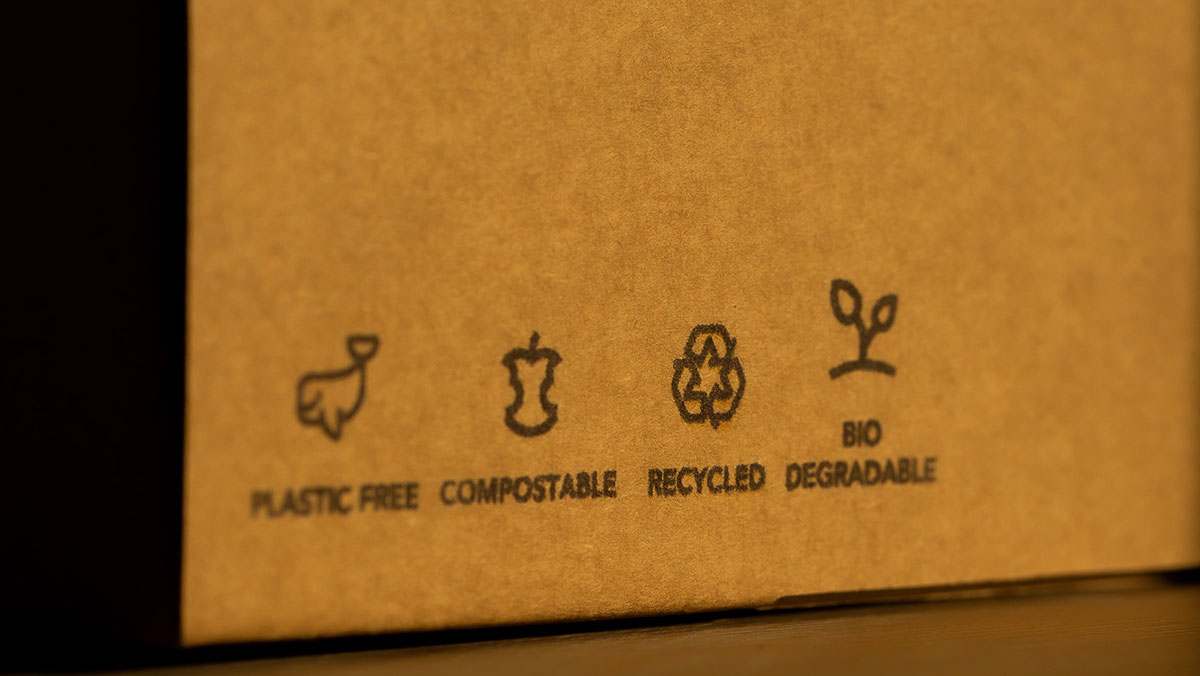
A sustainable future matters. Increasingly, brands are racing to compete within the sustainability market. But what makes a brand truly sustainable and how can sustainable brands create a water-tight marketing strategy?
A sustainable brand is one that goes beyond providing a product or service but is actively dedicated and has successfully woven environmental, economic, and social aspects into its business operations. There’s no point claiming to be fully ‘sustainable’ because your product uses eco-friendly packaging and marketing materials if you’re not paying your manufacturers a living wage.
So, how do you do it?
Firstly, get inspired. There are countless examples of brands using clever green marketing strategies and remaining genuine in their efforts. Patagonia’s 2020 campaign ‘Buy Less, Demand more’, was a perfect example, actively encouraging its customers to buy second-hand versions of their products and focusing on building awareness for buying high-quality, durable, sustainable products that are designed to be worn again and again. Remember, your marketing strategy should be built around showcasing your sustainability efforts. If they are genuine and focused on creating a real positive impact then they will shine through.
When it comes to mapping out timeframes for the marketing of a sustainable brand, start small and think long term. Set short-term goals but make sure your plan considers the bigger picture. What will you be doing in three, five, or ten years’ time to ensure you’re still honoring your commitment to sustainability? If you’re a new sustainable brand entering the market, ensure your processes match up to your marketing materials – from production to sale – because if you’re using green/sustainable marketing as more of a tactic than a genuine effort, this will soon be uncovered.
If you’re a brand that’s already established, start by making small changes where you can, and let your customers know you’re on the road to sustainability. Ensure your plan is water-tight, as it’s far better to admit you have work to do in the future to become truly sustainable than to mislead customers now.
The key to creating an impactful sustainable marketing strategy is connection. Ensure your marketing strategy is woven with touchpoints that allow you to connect with your customers relating to your sustainability initiatives. Today’s customer is not only buying a product but buying into the brand they feel an affinity with and believe in. Let your customer know on your website/social media/email marketing campaigns what inspired you to become sustainable and allow them to learn from you.
Adding value is also essential, so show you care through content. Although providing lots of info on how your product can aid the customer with their sustainability journey is great, ensure you aren’t just focusing on the hard sell. Provide thoughtful educational content on sustainability that adds value to their life through how-to blogs or even awe-inspiring video content – the options to create and inspire are endless when you get creative. Allow your passion for sustainability to shine through and get creative by using content in a variety of formats to keep things fresh.
When it comes to branding, presentation matters. Let your customers know instantly you are operating within the sustainable market by declaring it on your packaging and weaving graphics into your branding or campaigns – however subtly – that reflect nature, recycling, and wellbeing. Live your commitment by, for example, only using packaging that is made from 100% recycled material and is itself recyclable: sustainability needs to be woven into the brand itself and it needs to radiate from whatever assets it may have.
Having an authentic presence on social media is key. This is especially true as we move away from the era of static, overly edited content and towards a more raw and honest form of social media, and through the shift to more video-generated content across apps like Instagram and Tiktok. Be open and transparent on social media and let your customers know what sustainability initiatives you are working on by sharing data. Work in progress? Let them know! Or if your initiatives are seeing results, share these.
Make sure that every statement you put out about your sustainable social media and marketing strategy can be genuinely backed up with data as it won’t take much for social media users to dig out the truth across platforms.
The future of sustainable marketing
The key to building an effective marketing strategy for a sustainable brand is to genuinely care for the cause with a passion. If you’re thinking of using sustainability as a marketing tactic, think again – this is so much bigger than being a method of gaining new audiences, and it’s a matter of necessity in both the business world and for the environment.
Strive to do better, and don’t stop once you’ve met your goals. Take your customers on the journey to sustainability with you and encourage them to make better choices – as a brand you have the power to inspire real change. Being sustainable is a matter of survival for old and new brands alike because, if you don’t care, consumers will find the same product or service, but from a brand that does.
Cover image source: Marcell Viragh